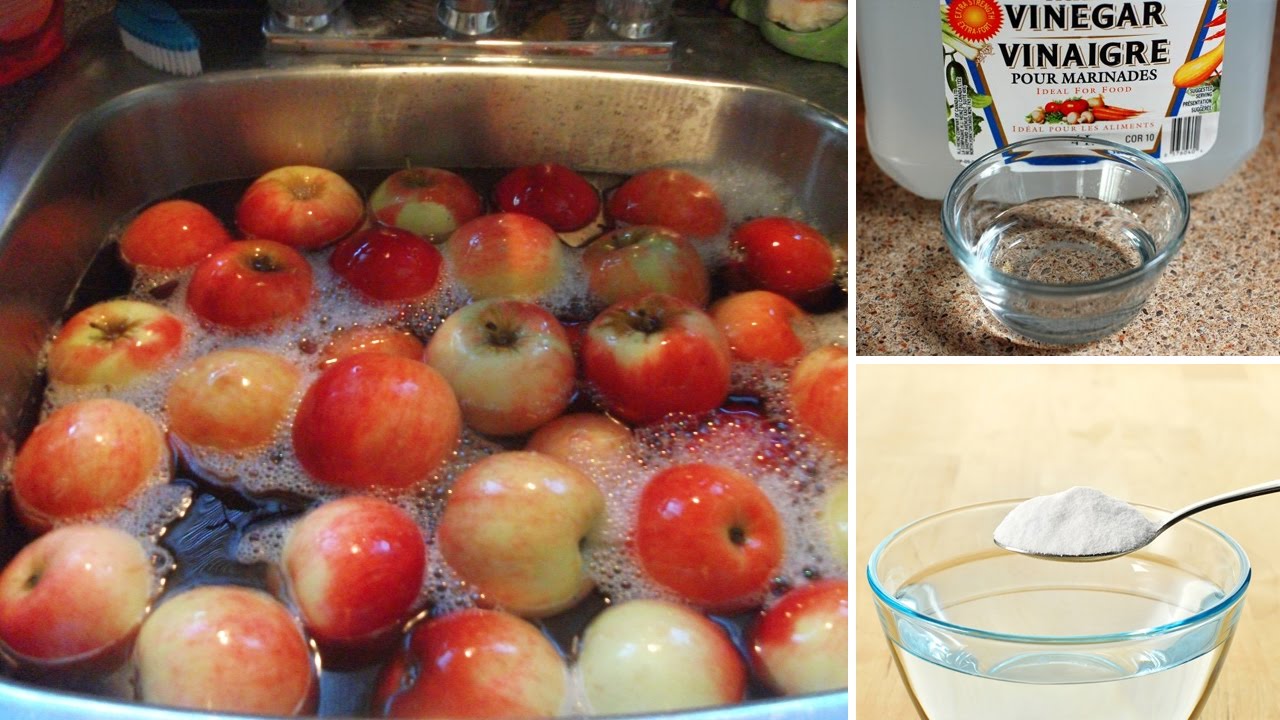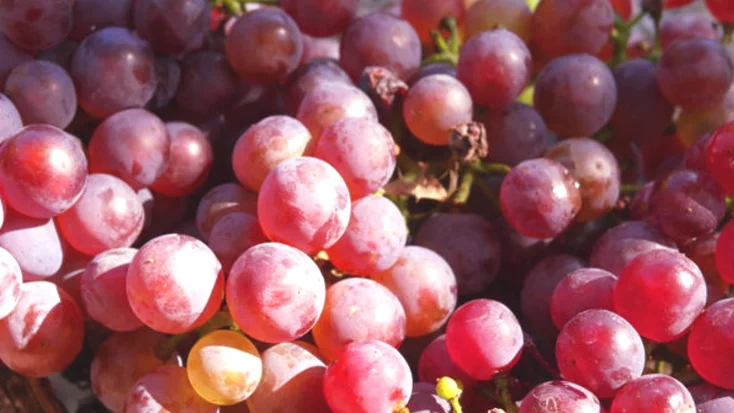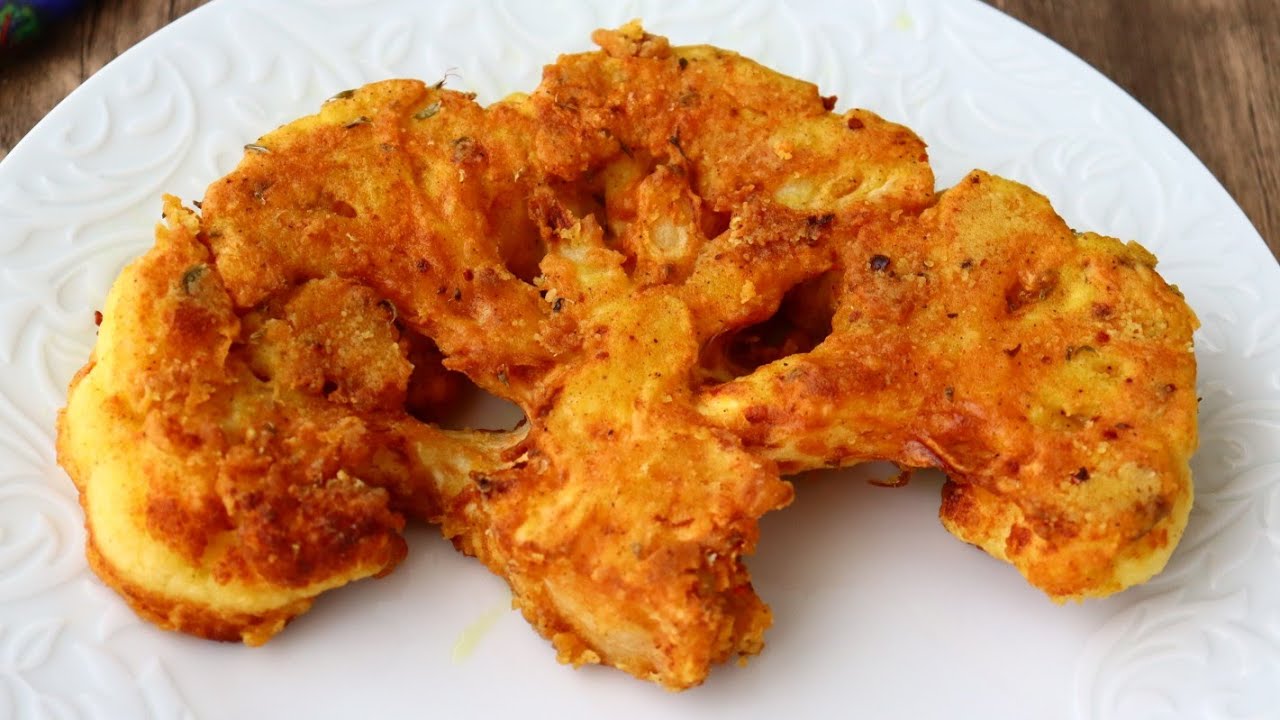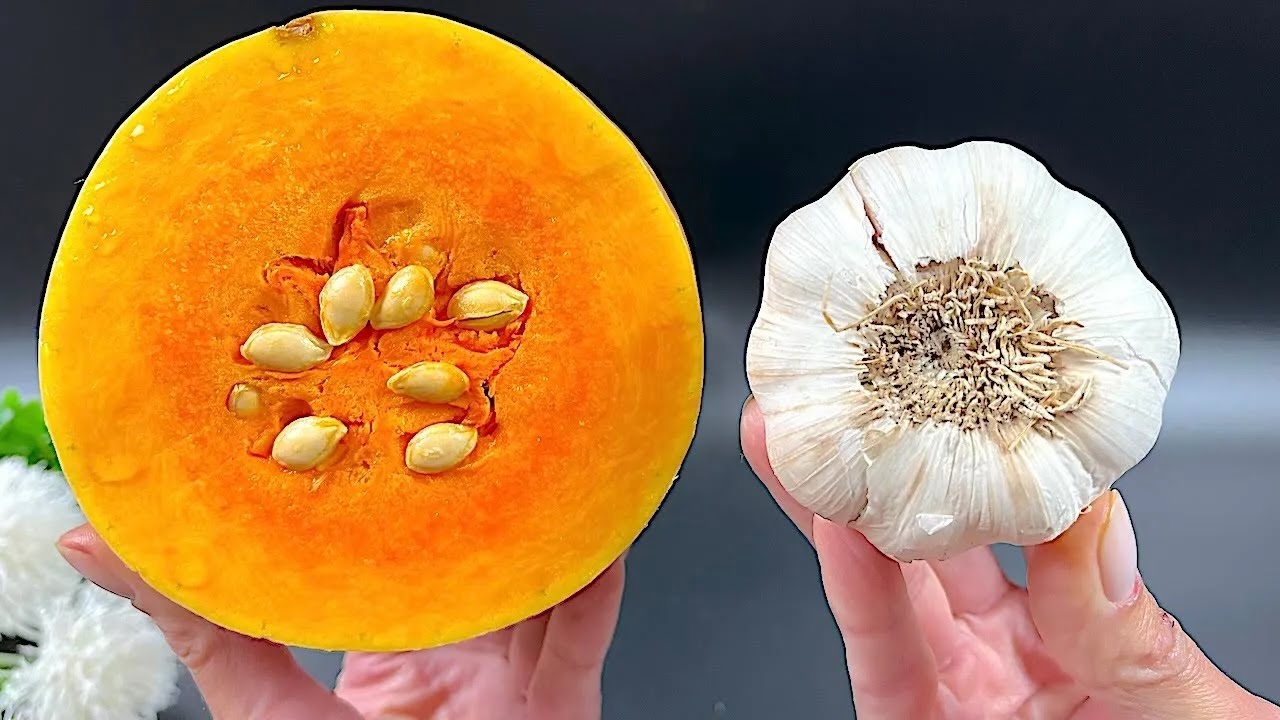
Ensuring your fruits and vegetables are clean and free from pesticides is crucial for your health and well-being. While washing them under plain water is a common practice, it might not be enough to remove all the residues. Here’s a simple guide on how to effectively clean your produce and reduce the presence of pesticides.
Why It’s Important to Clean Your Produce Pesticides are substances used to repel pests that damage crops. While they help in agricultural productivity, residues left on produce can be harmful to human health when ingested. Thoroughly cleaning fruits and vegetables can help minimize exposure to these chemical residues.
Effective Ways to Clean Your Fruits and Vegetables
1. Water Rinse: The simplest way to start is by rinsing your produce under running water. Don’t just splash water on them; rub them with your hands or use a brush for items with harder skins like potatoes and carrots to remove surface pesticides and dirt.
2. Vinegar Solution: Prepare a solution of water and vinegar (ratio of 3 parts water to 1 part vinegar). Soak your produce in this mixture for about 15-20 minutes and then rinse them under cold water. Vinegar has natural acetic acid that helps in breaking down the pesticides.
3. Baking Soda Bath: Mix about a teaspoon of baking soda in two cups of water. Soak the produce in this solution for 12-15 minutes and then rinse thoroughly with clean water. Baking soda is effective at removing some types of pesticides and is especially good for firm-skinned fruits and vegetables.
4. Salt Water: Salt water is another effective method for cleaning produce. Dissolve 1-2 tablespoons of salt in a gallon of water and soak your fruits and vegetables in the solution for a few minutes. Rinse them under cold running water before eating or cooking.
5. Peeling and Trimming: Peeling is another effective way to reduce pesticides, but it also means you’ll lose some of the fiber and nutrients. For some vegetables like potatoes and carrots, scrubbing them well and then peeling ensures that you remove most of the chemicals that may linger on the outer layers.
6. Buying Organic: If possible, opt for organic produce, which is grown without synthetic pesticides. While organic foods can still have natural pesticides, they are generally considered safer.
Final Thoughts Taking a few extra minutes to clean your fruits and vegetables can lead to better health outcomes. By using these simple methods, you can significantly reduce the amount of pesticide residue on your produce, making them safer to consume. Remember, it’s always better to be safe and thorough, especially when it comes to what you eat. Enjoy your cleaner, fresher fruits and vegetables as part of a healthy diet!





